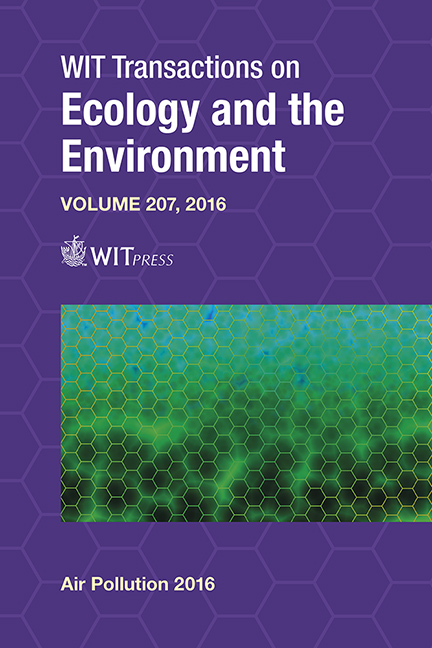Using CALPUFF To Determine The Environmental Impact Of A Coal Mine Open Pit
Price
Free (open access)
Transaction
Volume
207
Pages
12
Page Range
55 - 66
Published
2016
Size
732 kb
Paper DOI
10.2495/AIR160061
Copyright
WIT Press
Author(s)
H. Arregocés, R. Rojano, G. Restrepo, L. Angulo
Abstract
This analysis seeks to evaluate the impacts of an open-pit coal mine located in the north of Colombia. It was used as the main tool CALPUFF, model Lagrangian, to determine the dispersion and transport of PM10 due to the emissions of the mining activities. The model was calibrated and validated with the environmental concentrations data of PM10 in 5 receivers. It was determined the contributions above of 45 km distances from sources. We use the concept of intake fraction, which is defined as the fraction of material or its precursor released from a source that finally is inhaled or ingested by a population. The results of the model show that the PM10 can be transported over long distances. to 50 km from the industrial zone of the mine, the average contribution of emissions of the mine can reach 9.12 μg/m3 and to 60 km contributions of 6.13 μg/m3. The modelling estimates that simulations of domain extending about 45 km from the source would only capture on average 54.83% of the total population intake fractions of PM10, and less for many geographic settings. The results show that the emission of PM10 is a problem of pollution on a regional scale. This analysis can serve as input to the competent authorities for better environmental management.
Keywords
CALPUFF, intake fractions, PM10, open-pit mine





